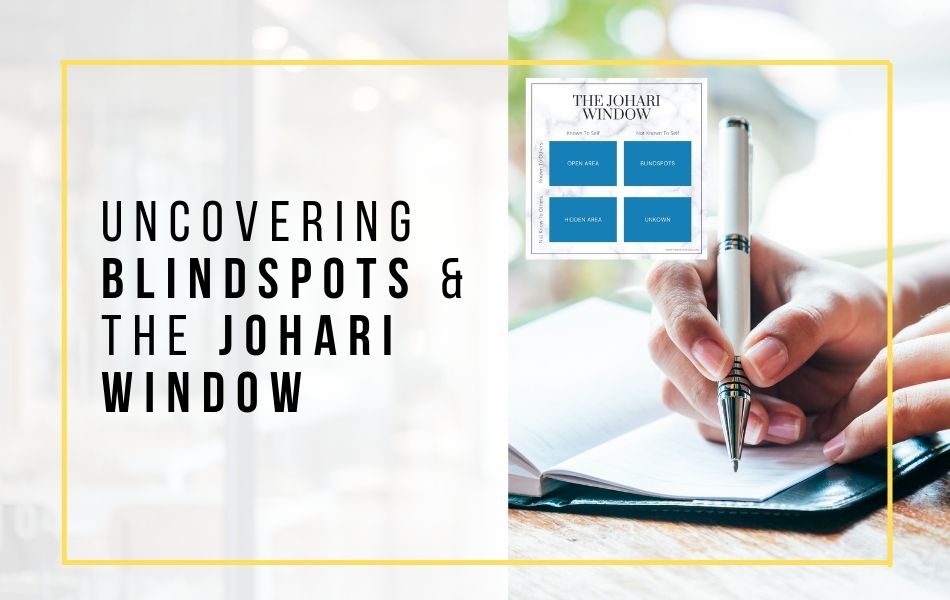
48. Uncovering Blindspots & The Johari Window
About this Podcast
In this episode, you’ll learn how you can use the Johari Window as a tool to help you uncover blindspot and build better relationships with others and with yourself.
There are four panes or sections on the Johari Window:
- Open Area: This quadrant represents the actions, behaviors, and information that are known to you and those around them.
- Blindspot Area: Behaviors and tendencies in the blindspot area are known to others, but you are not aware of them. This could include hidden strengths or areas for improvement. Uncovering blindspots is a great starting point for development.
- Hidden Area: This information is known to you, but not known to anyone else. These could be feelings, ambitions, dreams, and opinions that you may withhold from others out of fear of negative reaction. When your trust strengthens, you might choose to reveal some of your hidden information.
- Unknown Area: This section includes information, skills, behaviors, etc. that are unknown to you and to others. This includes subconscious information that no one is aware of such as early childhood memories, undiscovered talents, hidden beliefs, etc.
The goal is to increase the size of the Open Area through discovery and uncovering blindspots and by sharing more information about you to reduce the hidden area.
In this episode, I’ll learn 5 specific tools on how to do this.
In summary, the Johari window is a great tool for improving your self-awareness and, through it, your ability to work with others. It helps you understand the differences between how you see yourselves and how others see you.







